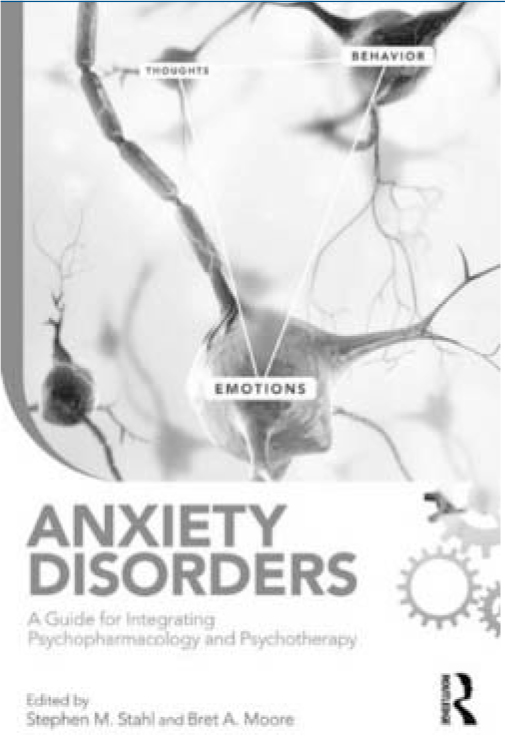
Every clinician, with a few exceptions, is treatment-eclectic, in that they are willing to consider both psychological and drug interventions for patients. When choosing treatment they are receptive to any personal wishes and beliefs of patients. But when the initial treatment fails, as it so often does, the clinician enters an uncertain world where there is very little clear guidance on what to do. Standard guidelines fail us here; not because they do not recognise the issue, but because they do not yet have the data to give authoritative advice on joint treatment approaches. This explains the rationale behind this book; if you have little in the way of evidence to guide you, the next best thing is to have experts who can give you the benefit of their knowledge.
Does it work? Up to a point it does. Each chapter is written in a clear and engaging style, with useful vignettes of believable patients who represent the problems of both resistance to, and complexity of, treatment, and also show the successes of combined treatment. But the reader would want to know the answers to a number of practical questions. When should I change from single to joint approaches in treatment? What approaches are synergistic (i.e. increase the efficacy of treatment) and which are antagonistic? When changing from drug to combined treatment, should I change the dose of drug or keep it the same? What should be my explanation to the patient when deciding to change to combined treatment? There are not many answers to these questions here, and although they are all difficult ones, they can be addressed, at least in part. The reason they are not is, I think, because not many of the authors are all-round clinicians who use joint treatments time after time in their professional lives. Each chapter is written by an acknowledged expert, but most come from the USA, and one of the unfortunate facets of professional life in that country is narrow specialisation. There is one outstanding initial chapter by Mark Muse and the two editors, which does address the issue very well, but the rest is solid uni-disciplinary advice that can be found in many other texts. Still, the book flirts with the reader and may entice them into using joint treatments more appropriately, and represents a good start to a new genre of publications.



eLetters
No eLetters have been published for this article.